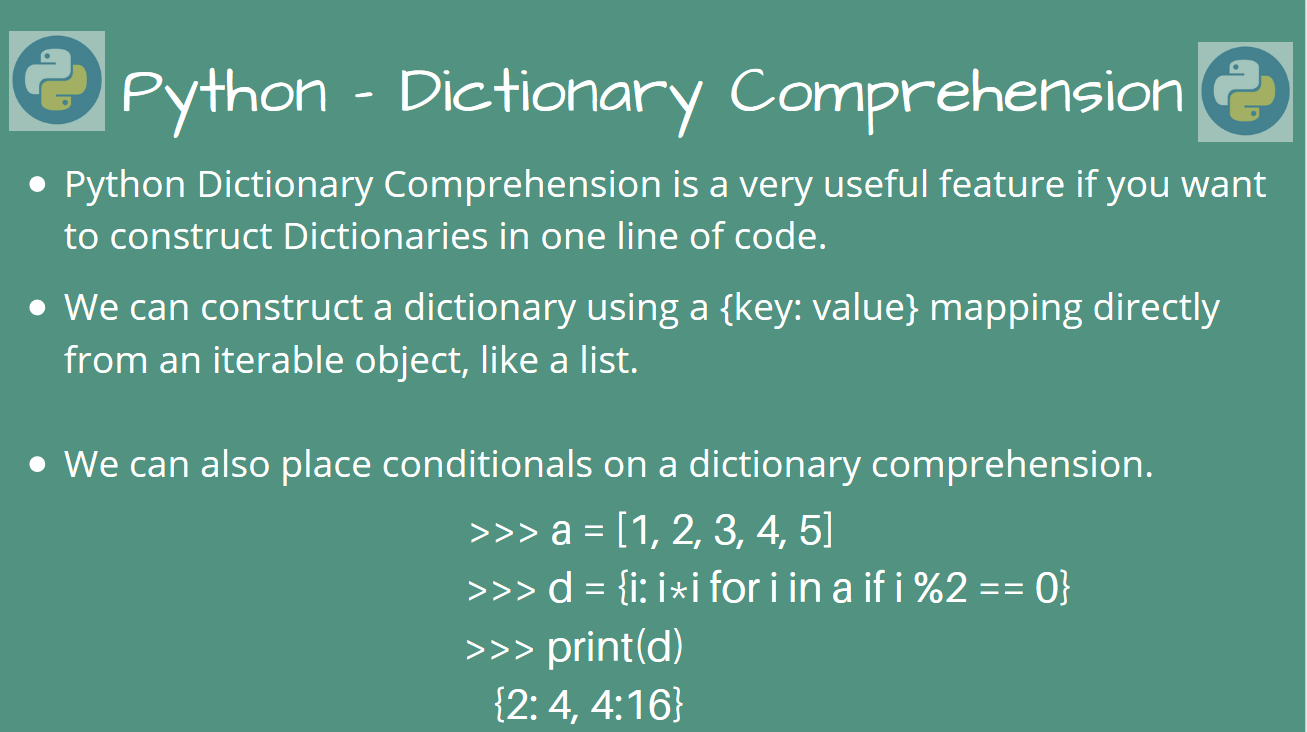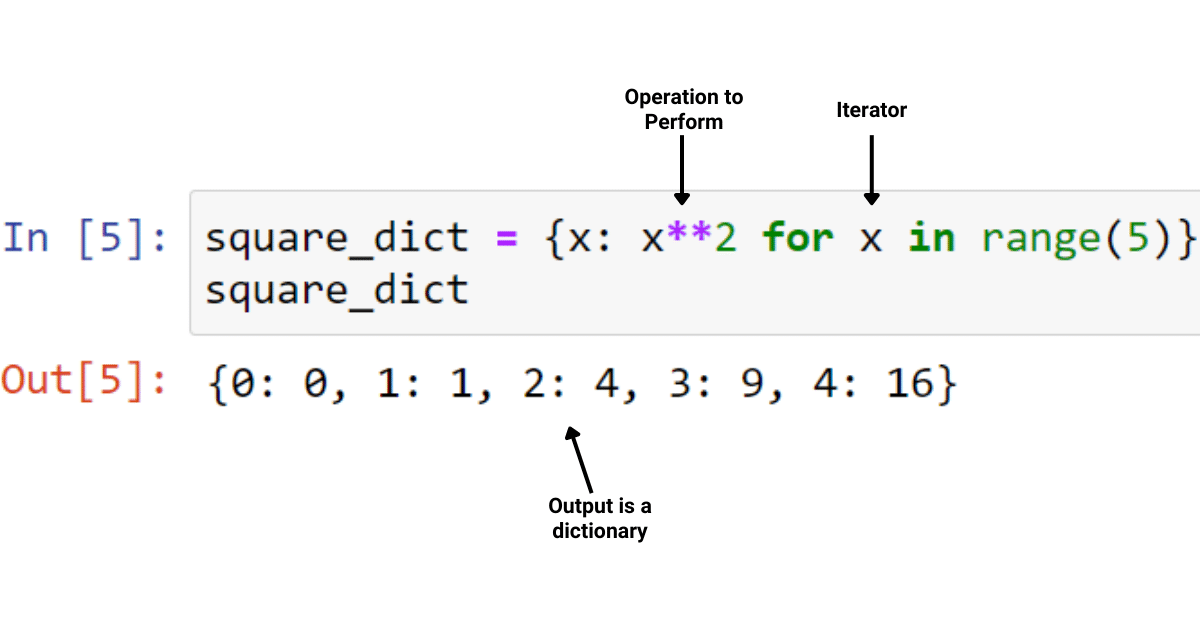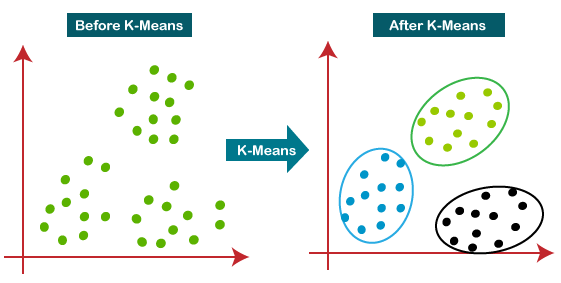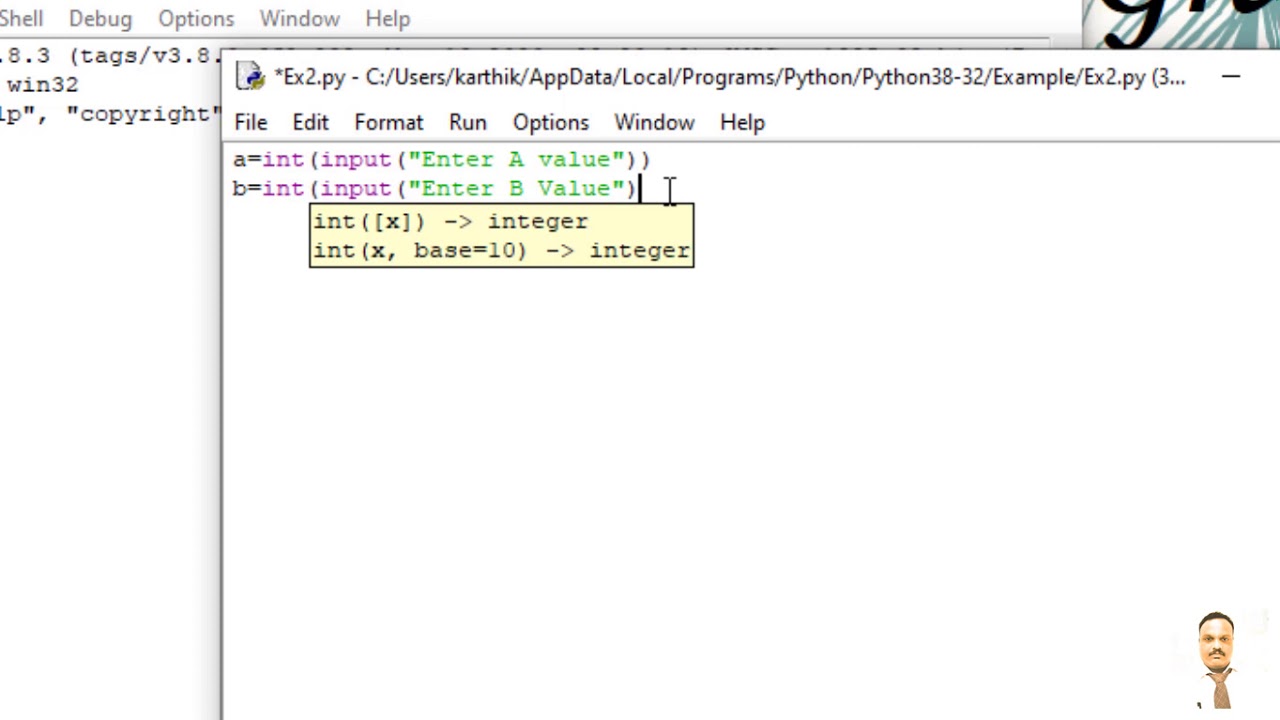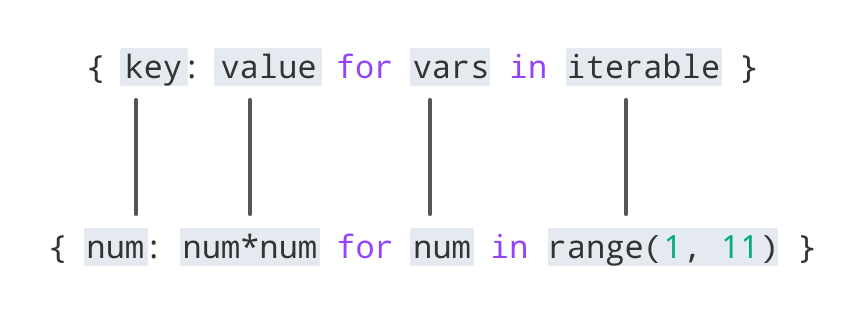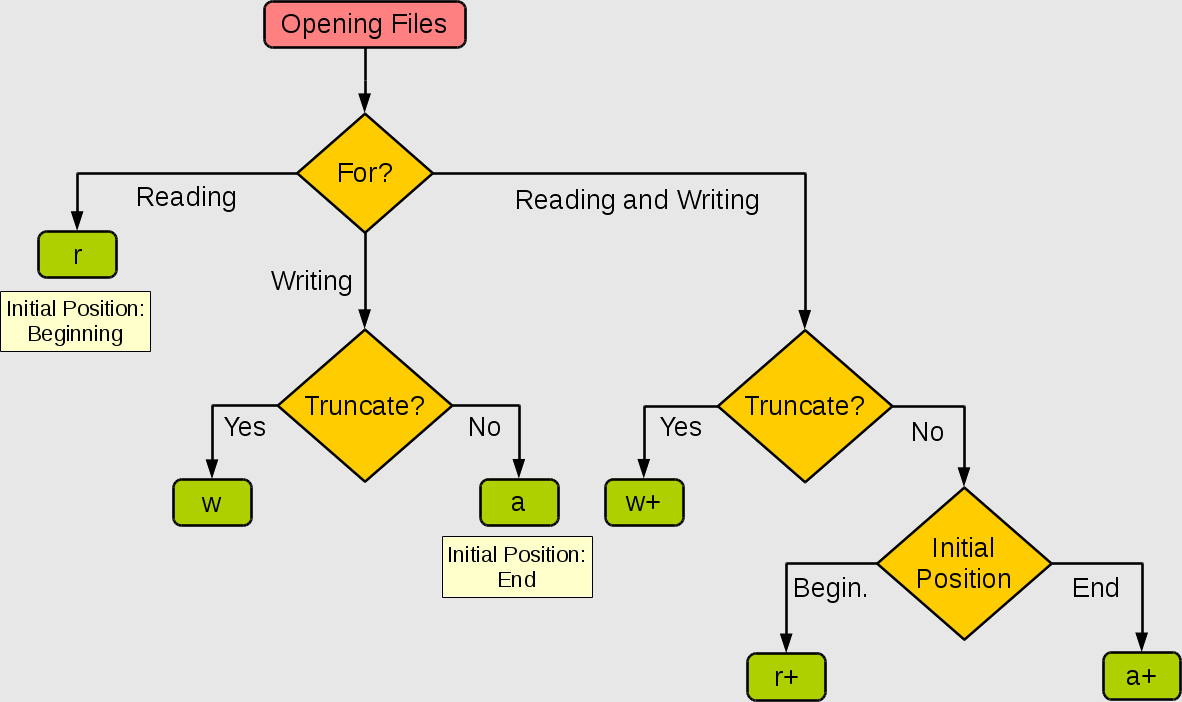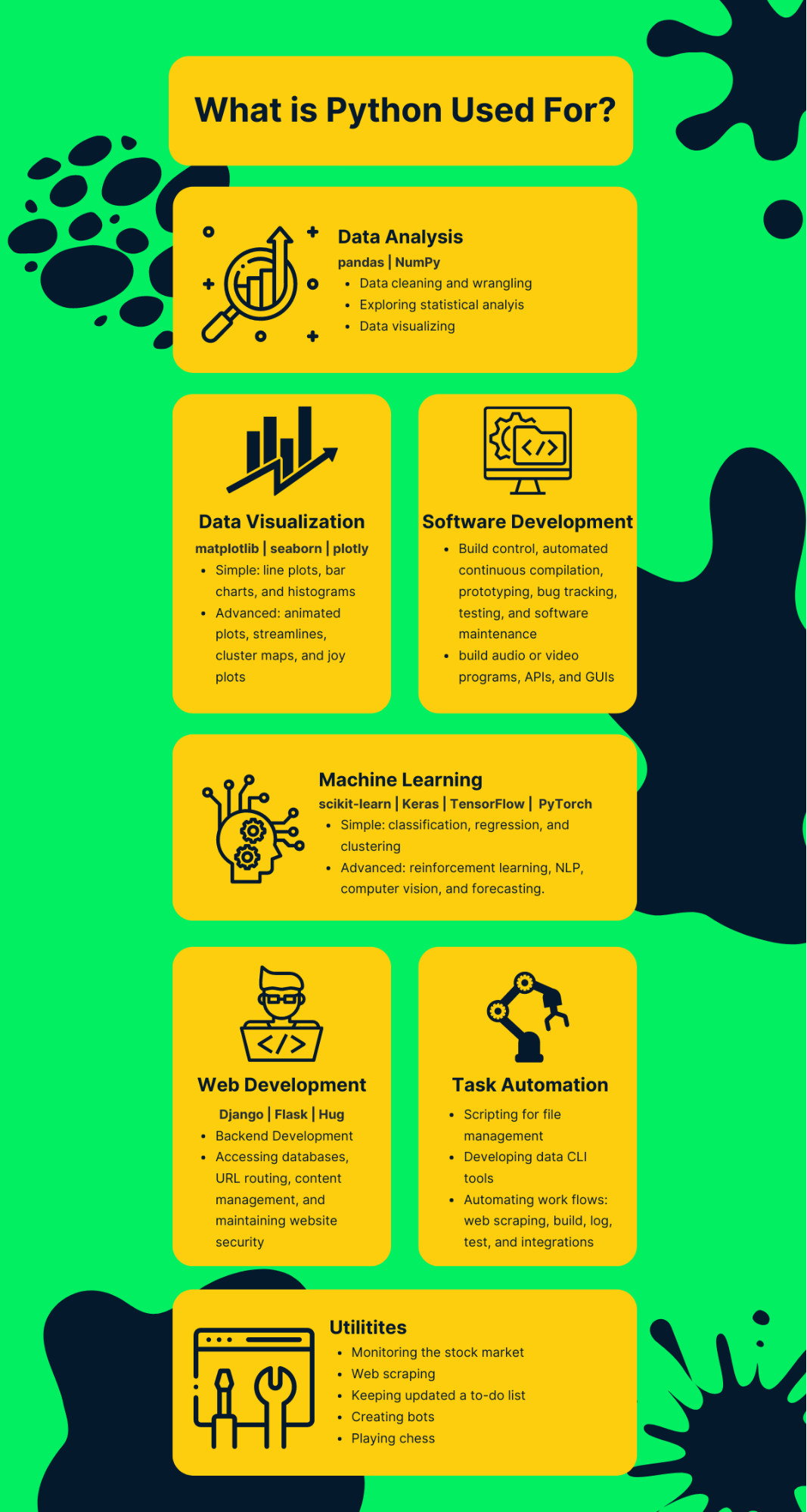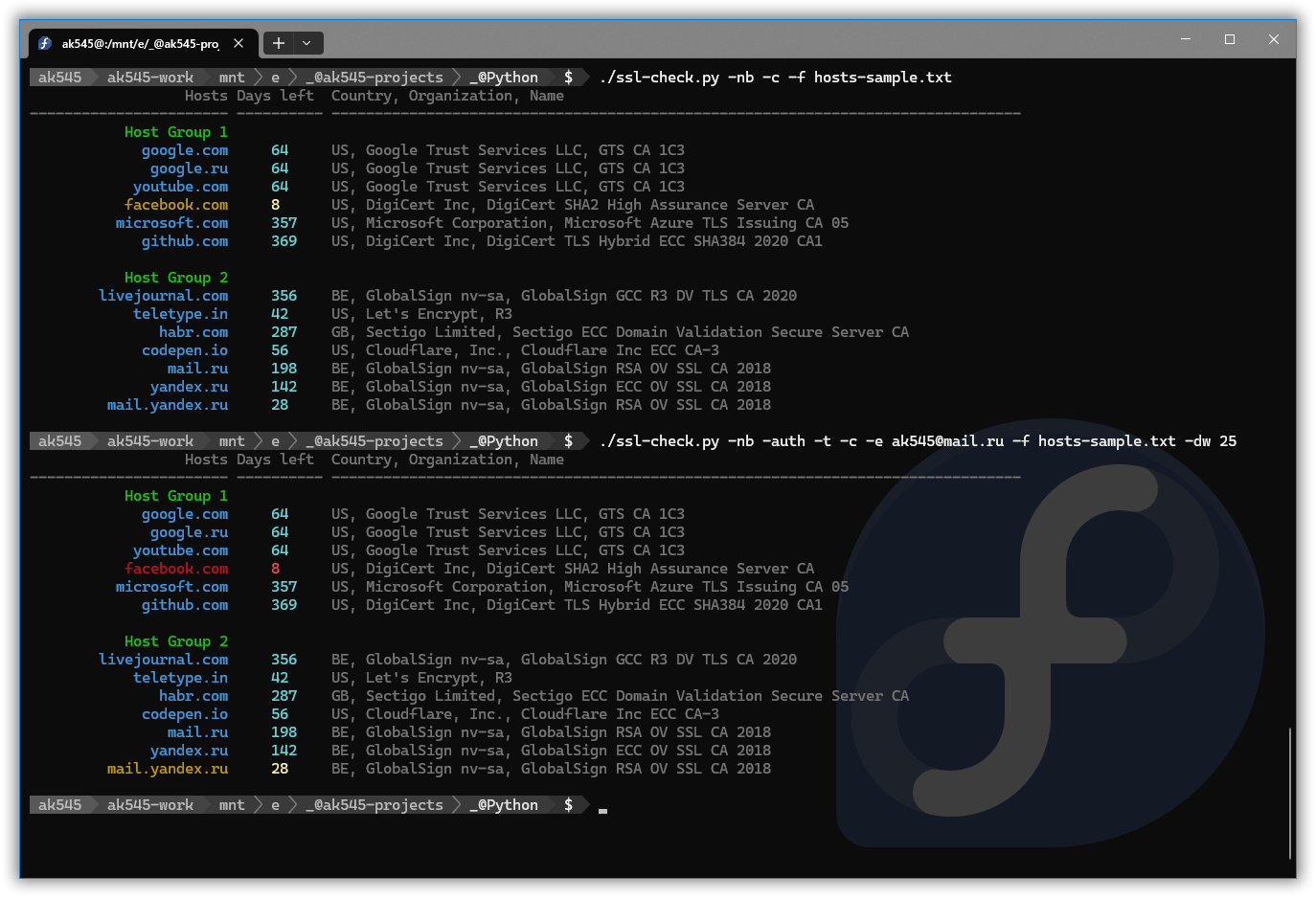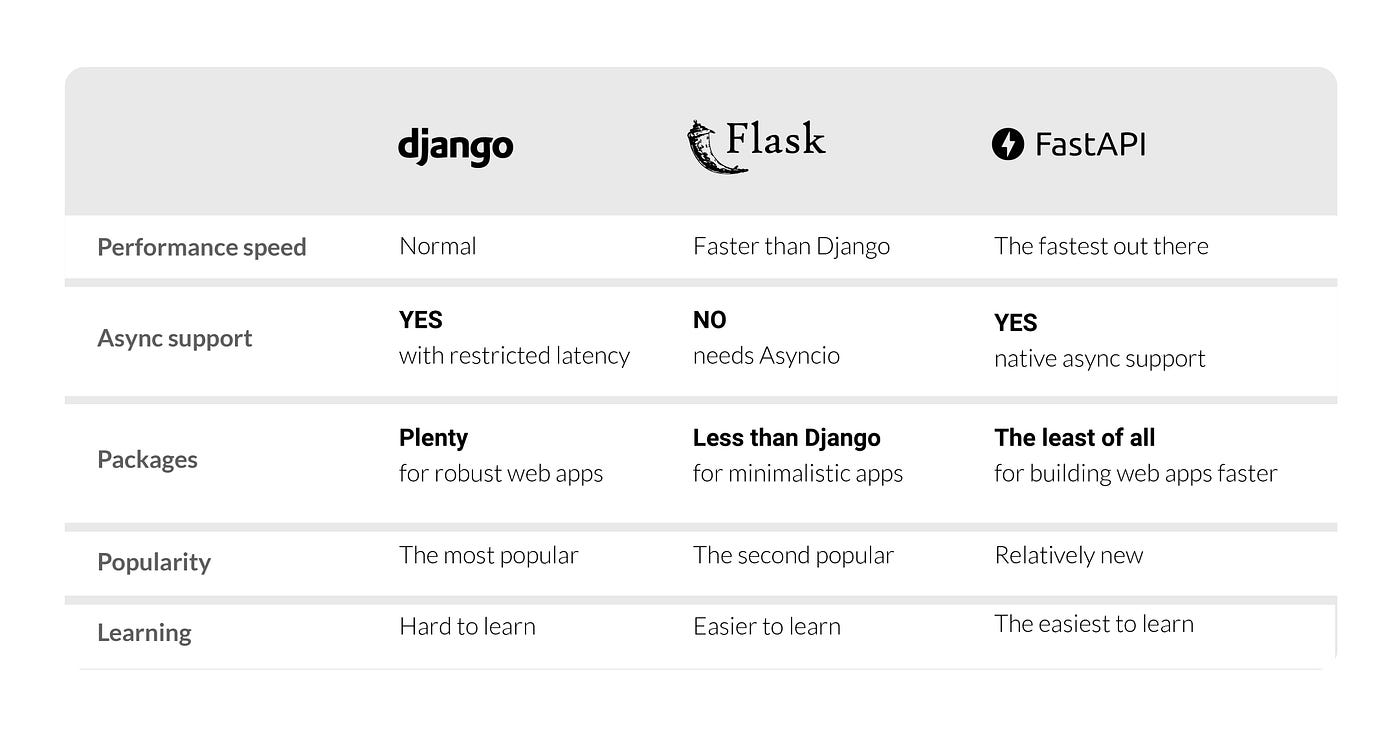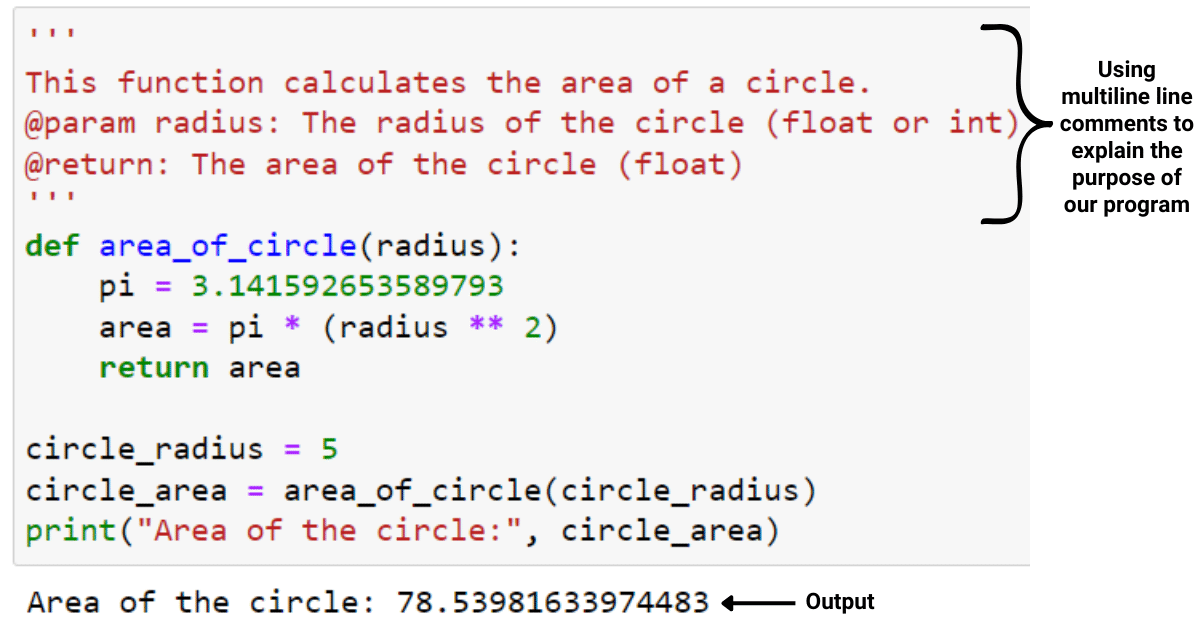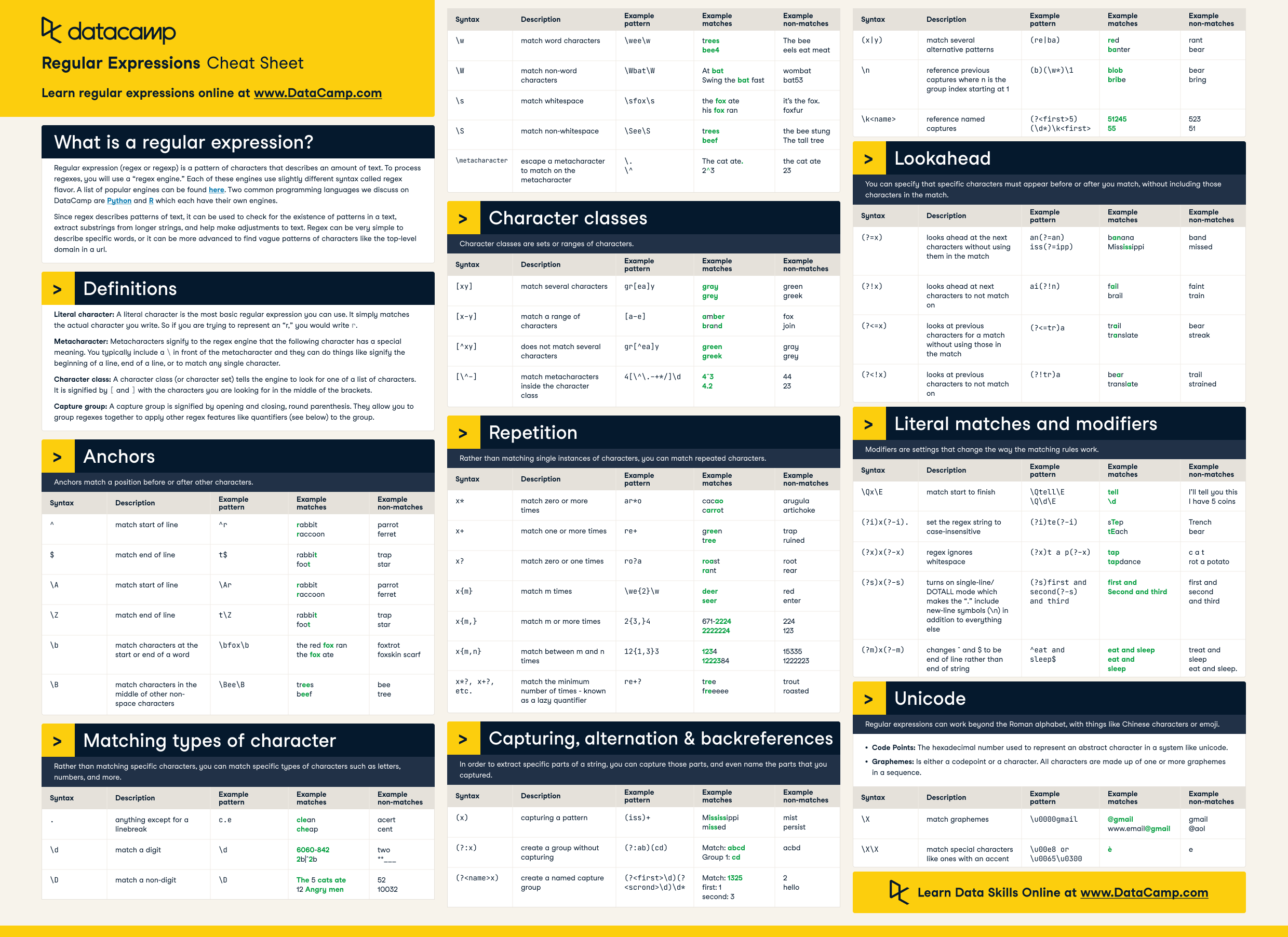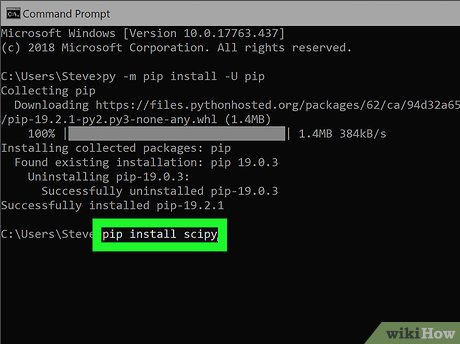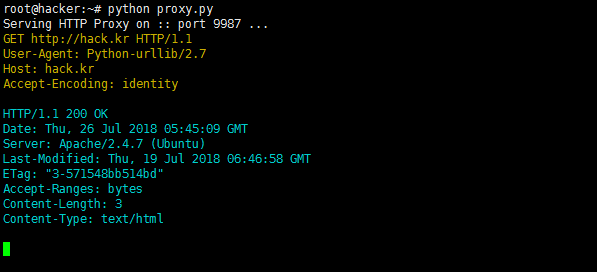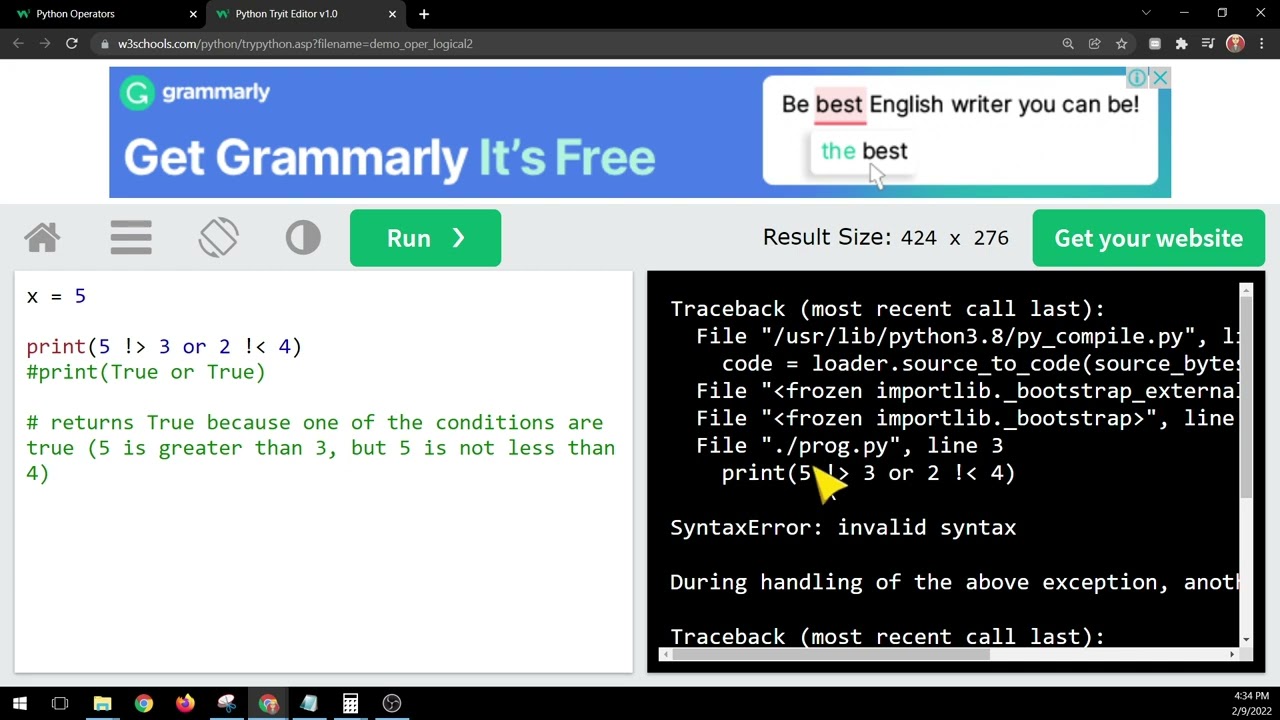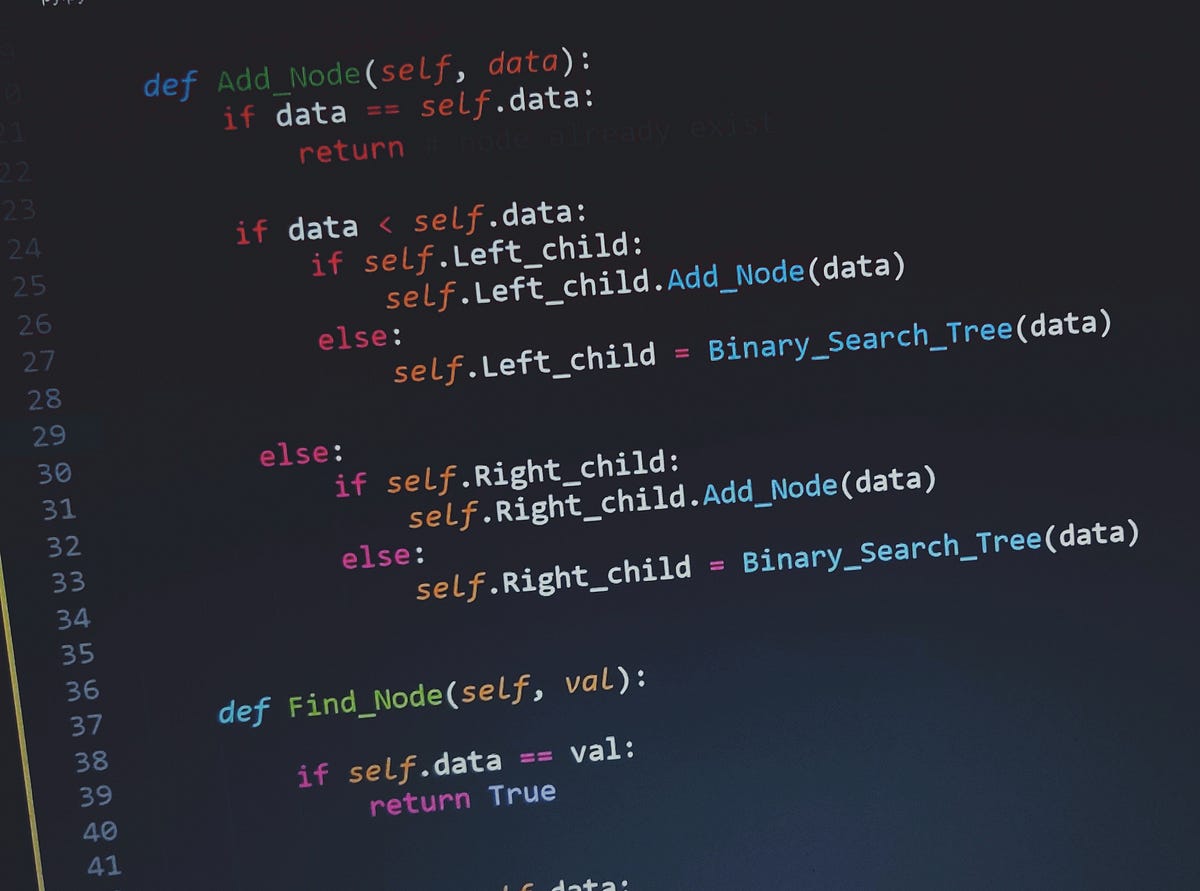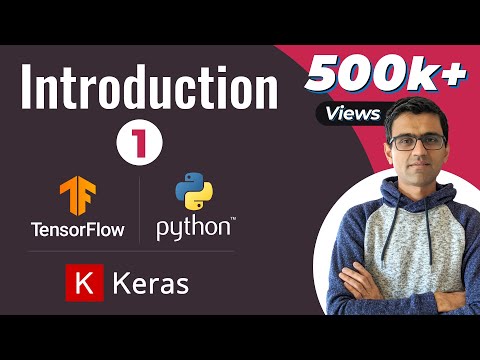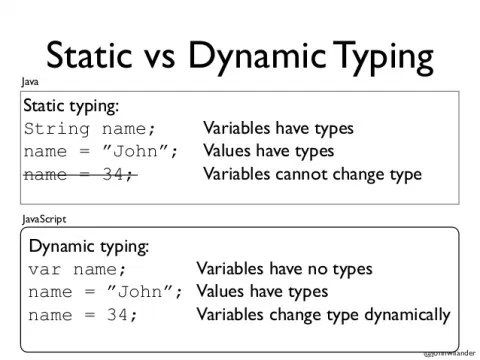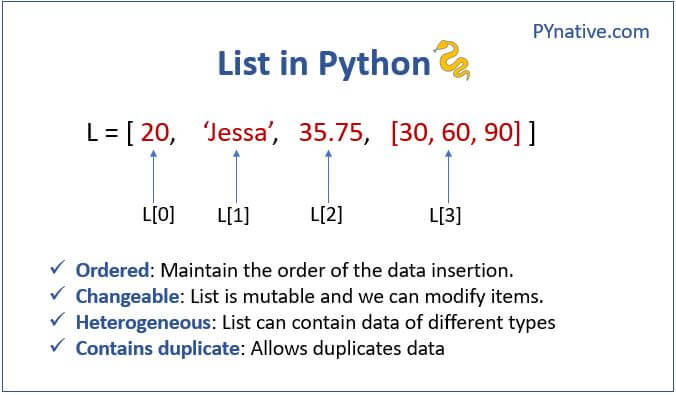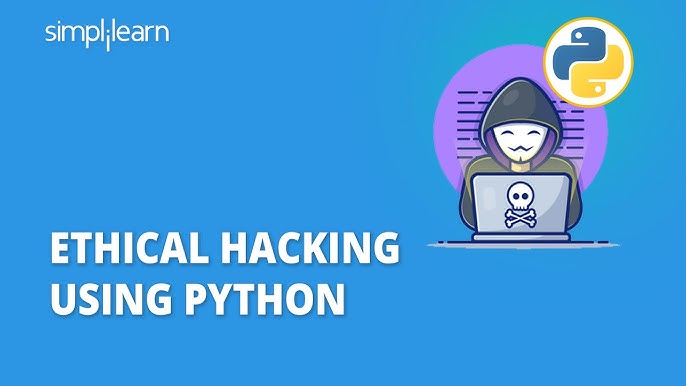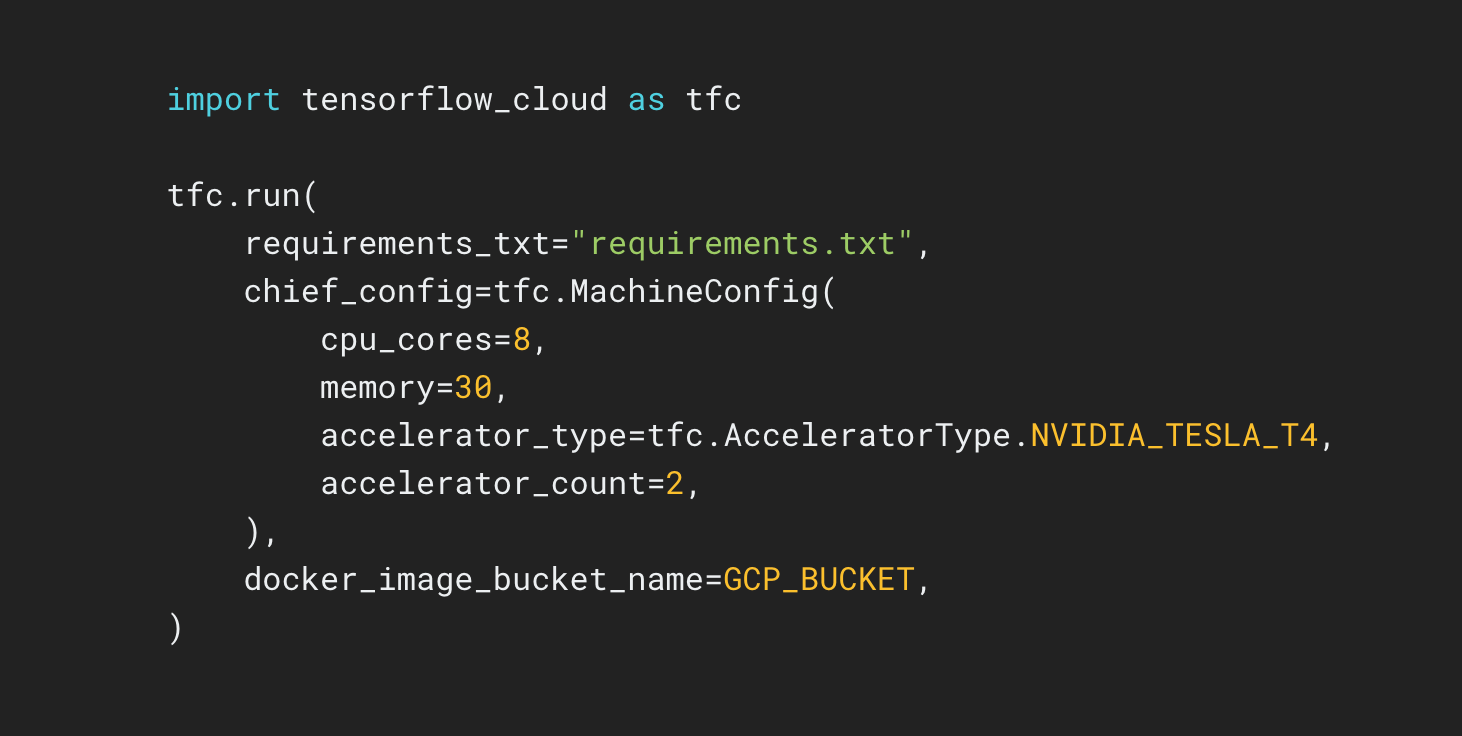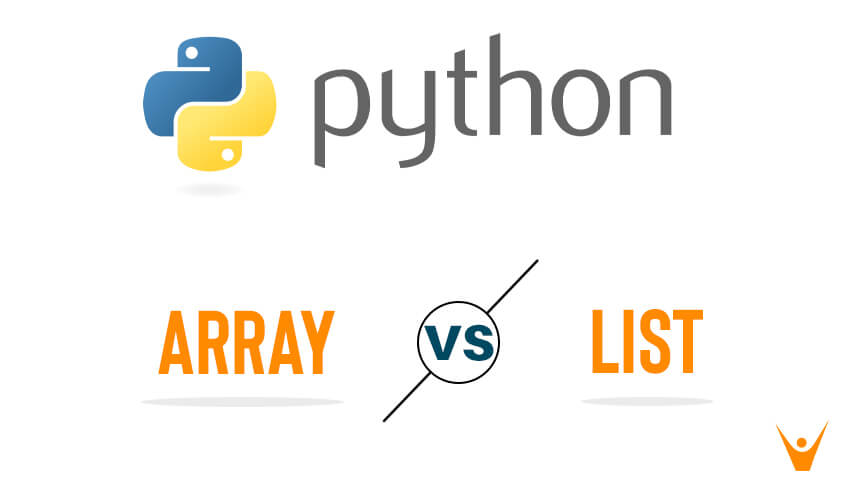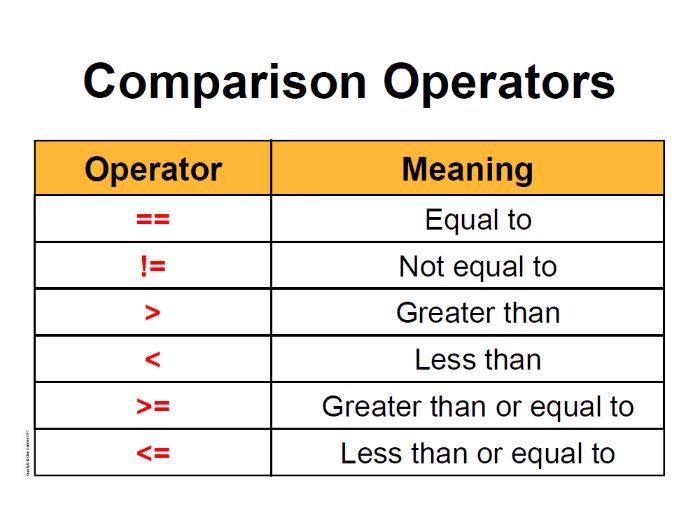List comprehension in Python example
List comprehension in Python example

I apologize for the mistake earlier! Since you want me to respond in English and provide an example of list comprehension in Python, I'll make sure to do that.
List comprehension is a powerful feature in Python that allows you to create new lists from existing ones. It's a concise way to perform data transformations or filtering on lists. Here's an example:
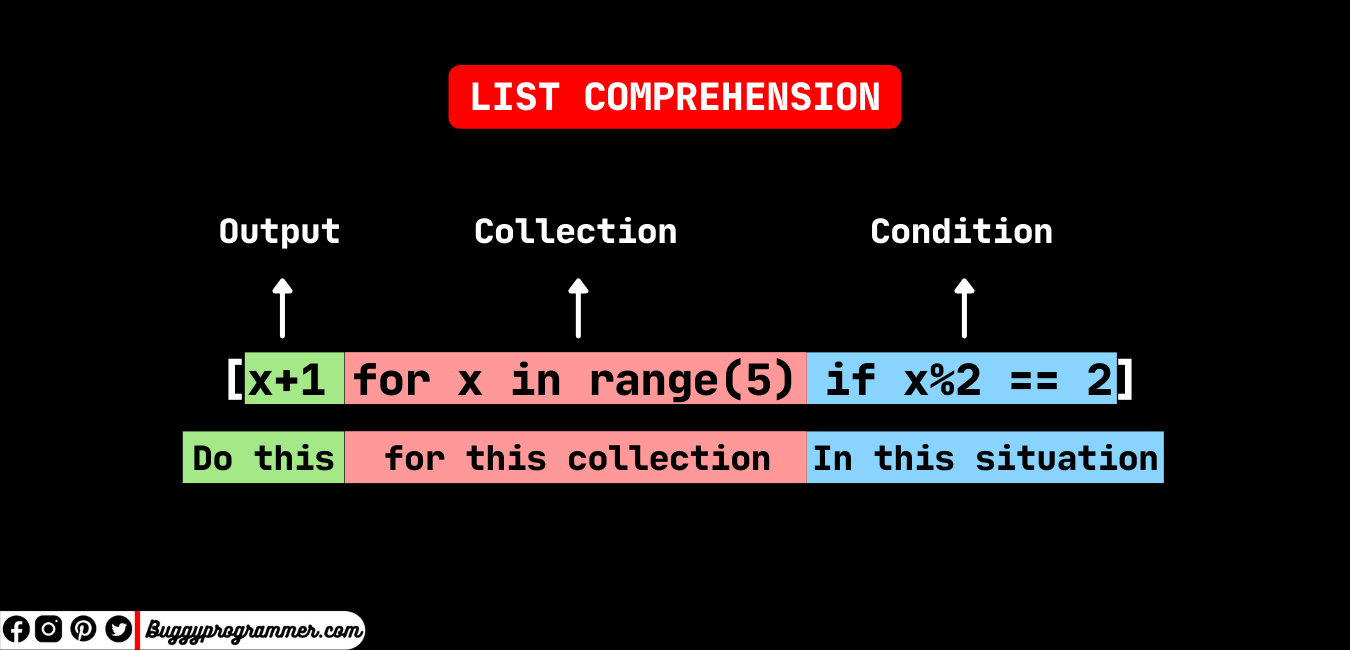
Let's say we have a list of numbers and we want to create a new list containing only the even numbers:
numbers = [1, 2, 3, 4, 5, 6]
even_numbers = [num for num in numbers if num % 2 == 0]
print(even_numbers) # Output: [2, 4, 6]
In this example, we're using a list comprehension to create a new list even_numbers containing only the even numbers from the original numbers list. The syntax is as follows:

[expression for variable in iterable if condition]
expression is the result you want to produce for each item in the iterable. variable is the name given to the item being processed in each iteration of the loop. iterable is the list or other sequence that you're iterating over. condition is an optional clause that filters the results.
In our example, the expression is simply num, which represents each number in the original list. The condition is num % 2 == 0, which checks whether each number is even (i.e., the remainder when divided by 2 is 0).
Here's another example that demonstrates filtering and transformation:
students = [{'name': 'John', 'grade': 85}, {'name': 'Jane', 'grade': 92}, {'name': 'Bob', 'grade': 78}]
passed_students = [student for student in students if student['grade'] >= 90]
print(passed_students) # Output: [{'name': 'Jane', 'grade': 92}]
In this example, we're creating a new list passed_students containing only the students who have passed (i.e., their grade is 90 or higher). The condition is student['grade'] >= 90, which filters out any students with grades below 90. The expression is simply student, which represents each student dictionary in the original list.
List comprehensions are often more readable and efficient than using explicit for loops to create new lists. They're a powerful tool to have in your Python toolkit, especially when working with large datasets or complex data transformations.
What is list comprehension in Python dictionary comprehension?
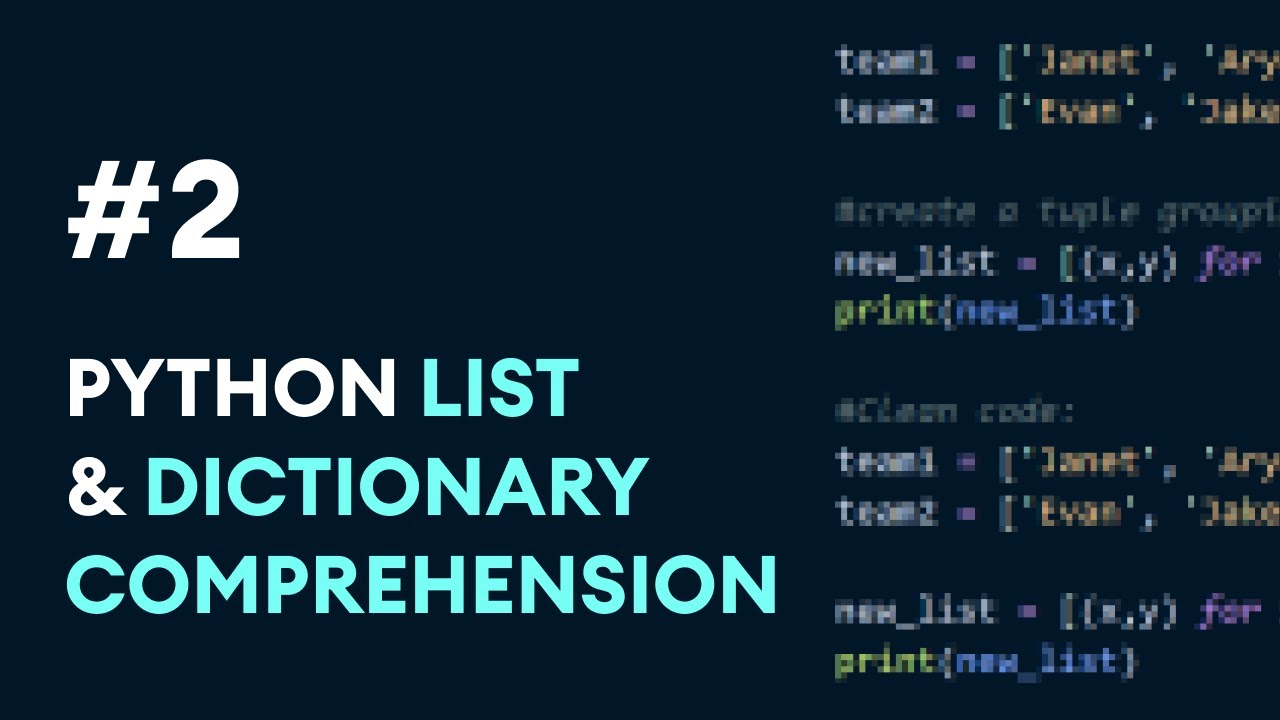
List comprehension and dictionary comprehension are two powerful features in Python that allow you to create new lists and dictionaries from existing iterables with a concise and expressive syntax.
List Comprehension
A list comprehension is a way to create a new list by performing some operation on each item in an iterable (such as a list, tuple, or string) and returning the results in a new list. The basic syntax is:
new_list = [expression for item in iterable]
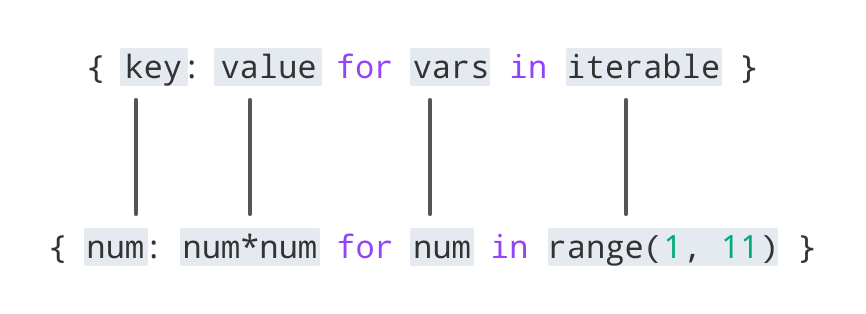
Here, expression is some operation you want to perform on each item in the iterable. For example:
numbers = [1, 2, 3, 4, 5]
squares = [x**2 for x in numbers] # [1, 4, 9, 16, 25]
In this example, we're creating a new list squares by taking each number in the numbers list and squaring it. The resulting list contains the squares of each original number.
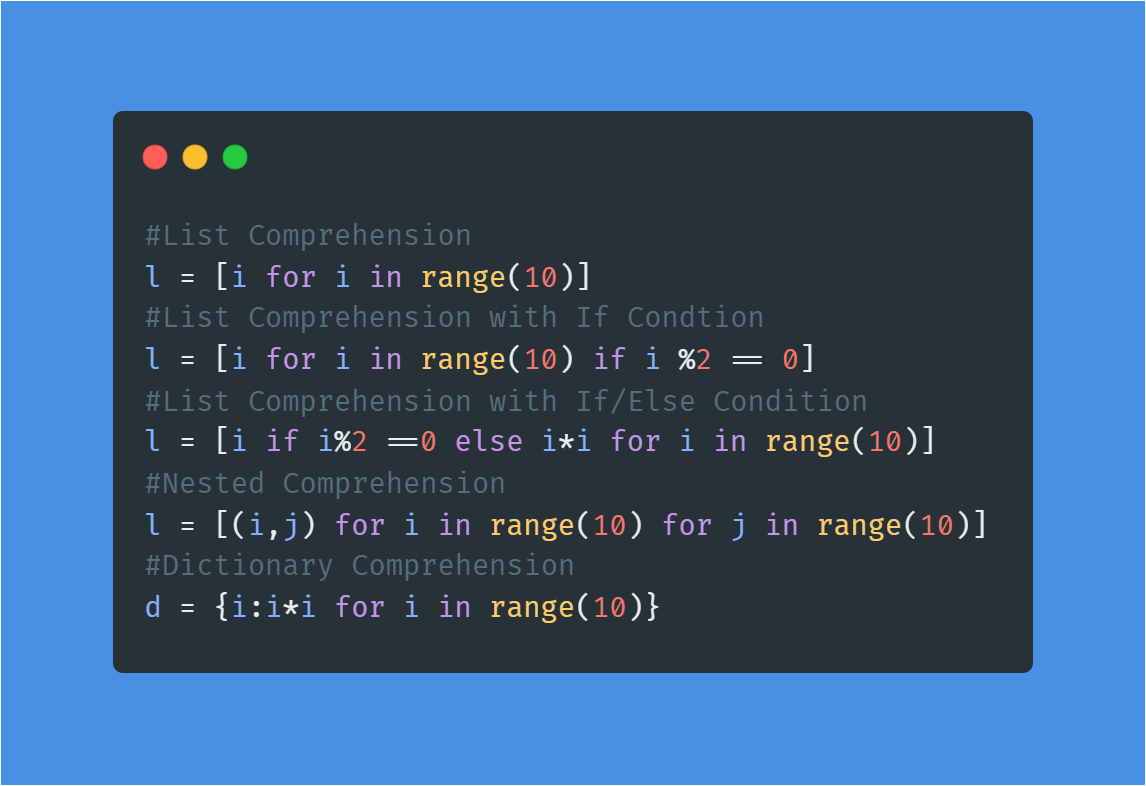
Dictionary Comprehension
A dictionary comprehension is similar to a list comprehension, but instead of creating a new list, you create a new dictionary. The basic syntax is:
new_dict = {key: value for item in iterable}
Here, key and value are the key-value pairs that will be included in the new dictionary, and item is each item in the iterable. For example:
names = ['Alice', 'Bob', 'Charlie']ages = [25, 30, 35]
people = {name: age for name, age in zip(names, ages)} # {'Alice': 25, 'Bob': 30, 'Charlie': 35}
In this example, we're creating a new dictionary people by pairing each name with its corresponding age. The resulting dictionary contains the names and ages as key-value pairs.
Combining List and Dictionary Comprehensions
You can also combine list and dictionary comprehensions to create more complex data structures. For example:
numbers = [1, 2, 3, 4, 5]squares_dict = {x: x**2 for x in numbers} # {1: 1, 2: 4, 3: 9, 4: 16, 5: 25}
In this example, we're creating a new dictionary squares_dict that maps each number to its square. This is equivalent to the list comprehension example above.
Advantages of Comprehensions
Comprehensions have several advantages over traditional looping and conditional statements:
Concise syntax: Comprehensions are often much shorter than equivalent code using loops and conditionals. Expressive power: Comprehensions allow you to perform complex operations on each item in an iterable, making them ideal for data manipulation tasks. Efficient: Comprehensions can be faster than traditional looping and conditional statements because they avoid the overhead of creating intermediate variables and lists.In summary, list comprehension and dictionary comprehension are two powerful features in Python that allow you to create new lists and dictionaries from existing iterables with a concise and expressive syntax. By combining these comprehensions, you can create complex data structures and perform efficient data manipulation tasks.
